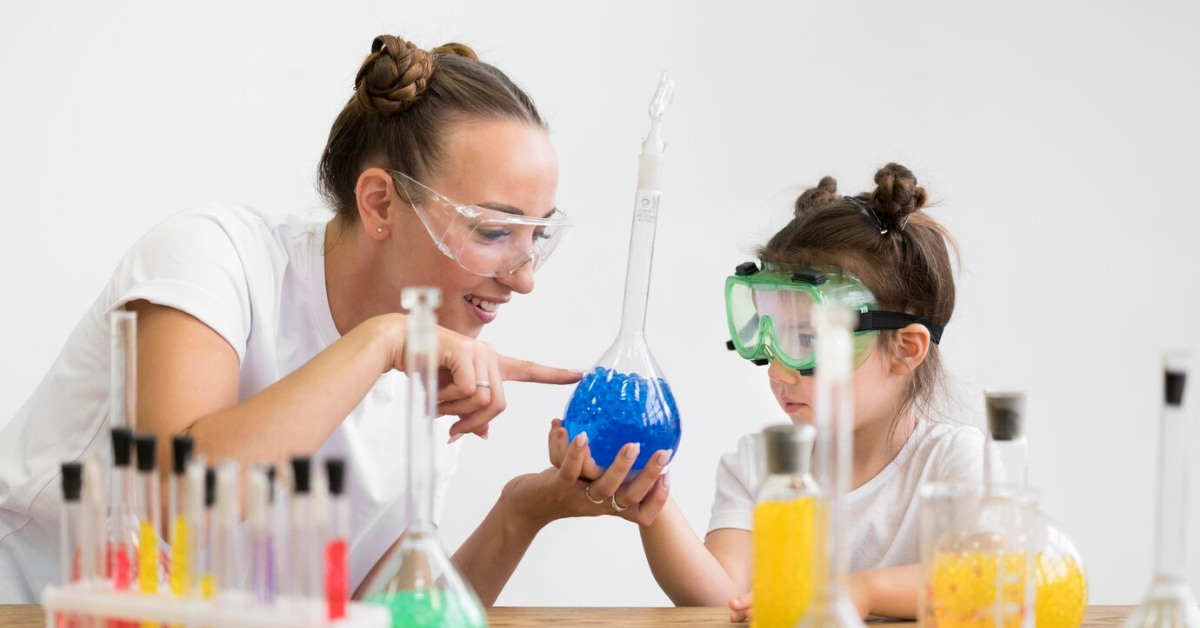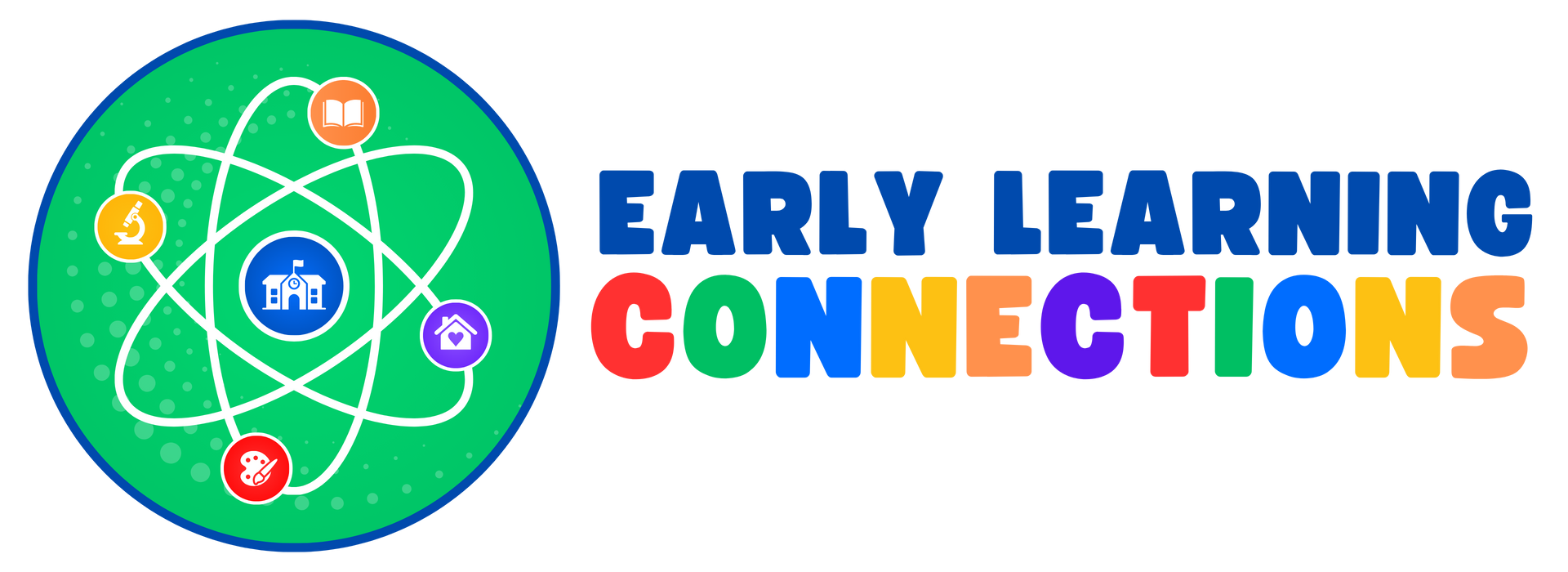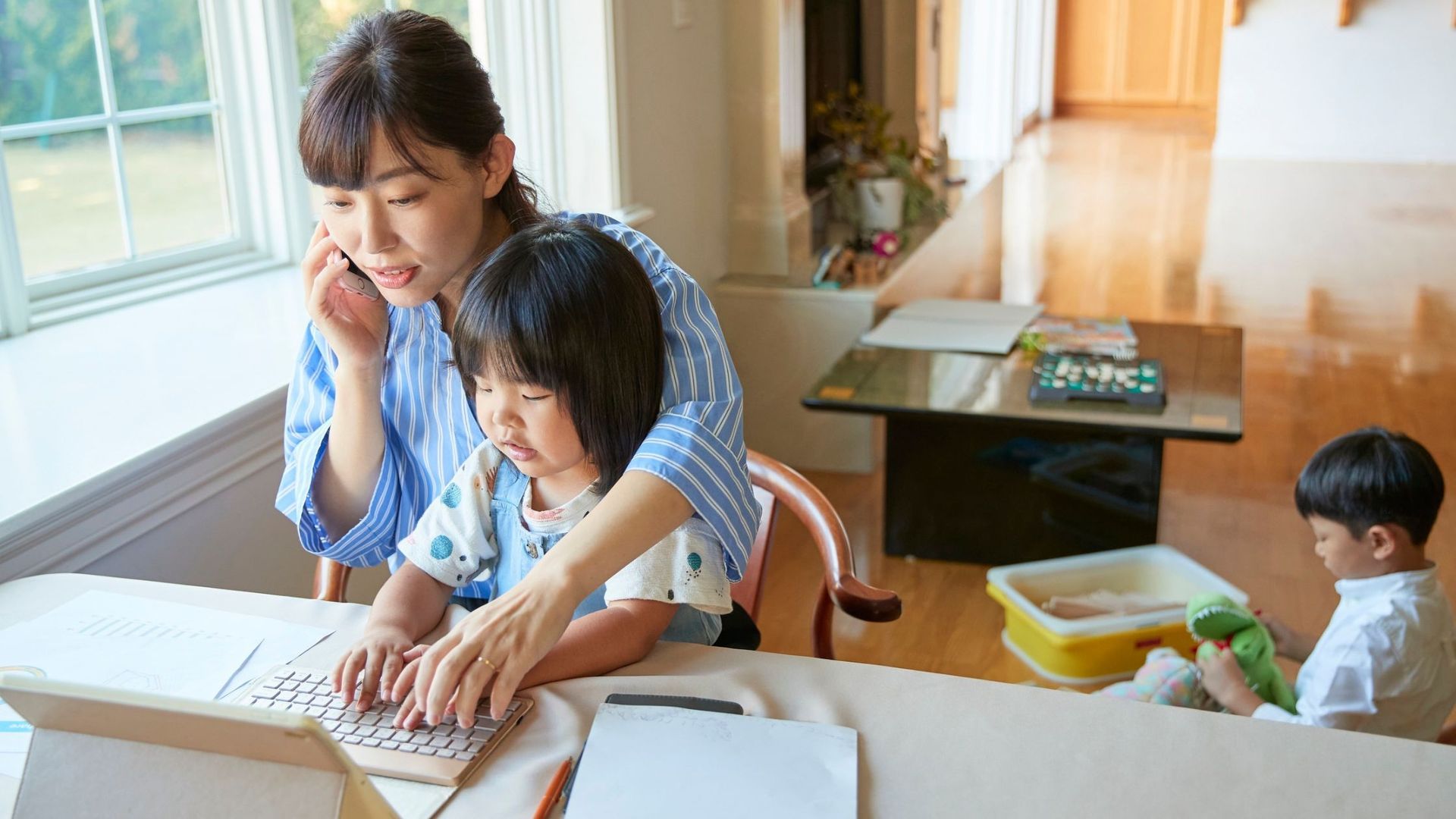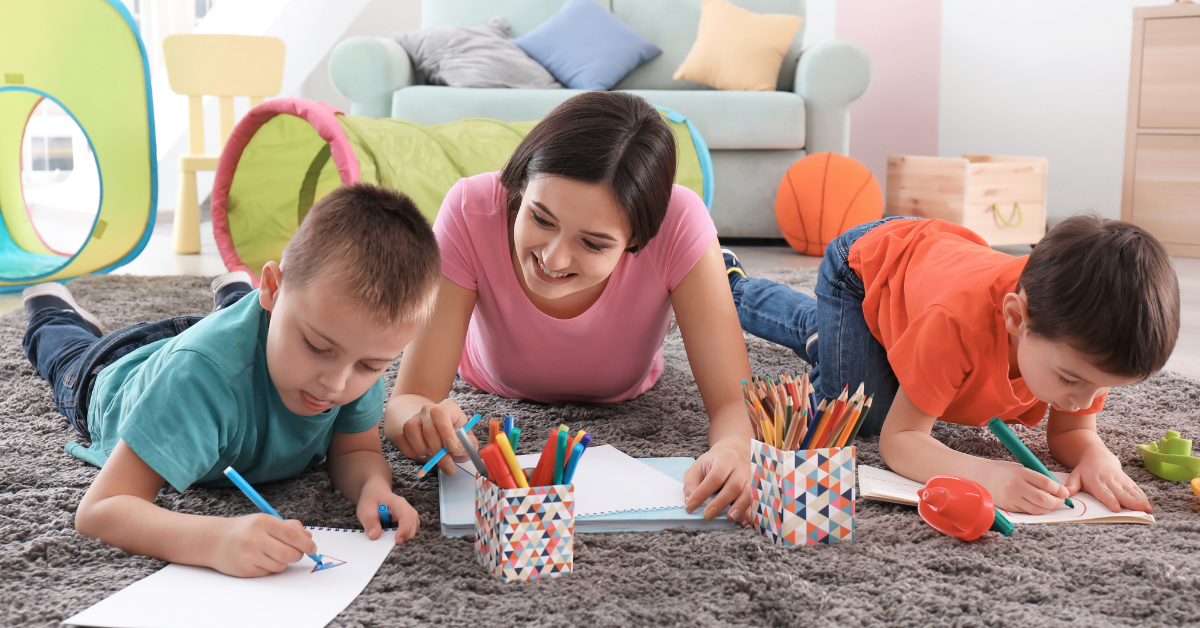STEM Learning for Toddlers: Simple Experiments to Spark Curiosity

STEM (Science, Technology, Engineering, and Math) learning is not just for older children—it’s never too early to introduce toddlers to the wonders of discovery and problem-solving! Young children are naturally curious, and hands-on experiments help them explore the world around them while developing critical thinking, creativity, and fine motor skills. Here are some simple, engaging STEM activities to spark curiosity and encourage learning through play.
1. Magic Milk Experiment (Science: Chemistry & Color Mixing)
What You Need:
- A shallow dish or plate
- Whole milk
- Food coloring (multiple colors)
- Dish soap
- Cotton swabs
How to Do It:
- Pour enough milk into the dish to cover the bottom.
- Add a few drops of different food coloring around the surface of the milk.
- Dip a cotton swab into dish soap and touch it to the milk.
- Watch as the colors swirl and mix magically!
Why It Works:
The dish soap breaks down the fat in the milk, causing the food coloring to move and create beautiful patterns. This simple experiment introduces toddlers to chemical reactions and surface tension.
2. Sink or Float? (Science: Physics & Predictions)
What You Need:
- A large bowl or bin filled with water
- Various small objects (toy car, sponge, rock, plastic spoon, rubber ball, etc.)
How to Do It:
- Gather different objects and ask your toddler if they think each item will sink or float.
- Drop each item into the water and observe what happens.
- Talk about the differences between heavy and light materials.
Why It Works:
This experiment helps toddlers understand buoyancy and density while practicing making predictions and observations.
3. Building Marshmallow Towers (Engineering: Structures & Balance)
What You Need:
- Mini marshmallows
- Toothpicks
How to Do It:
- Show your toddler how to connect marshmallows with toothpicks to build simple structures.
- Encourage them to make different shapes, towers, or bridges.
- Ask questions like, "What happens if we add more marshmallows?" or "Can we make it taller?"
Why It Works:
This activity teaches toddlers about engineering concepts like balance, stability, and structure while improving their fine motor skills.
4. Rainbow Walking Water (Science: Capillary Action & Color Mixing)
What You Need:
- 6 clear cups or jars
- Water
- Paper towels
- Food coloring (red, yellow, and blue)
How to Do It:
- Fill three cups with water and add red, yellow, and blue food coloring to each.
- Arrange the cups in a circle, placing empty cups between the filled ones.
- Fold paper towels into strips and place one end in the colored water and the other in the empty cup next to it.
- Watch as the colors travel through the paper towels and mix over time!
Why It Works:
This experiment demonstrates capillary action, where water moves through the paper towel fibers. It also introduces toddlers to color mixing in a fun and visual way.
5. Fizzing Baking Soda Experiment (Science: Chemical Reactions)
What You Need:
- Baking soda
- Vinegar
- A small tray or plate
- Food coloring (optional)
- A dropper or spoon
How to Do It:
- Spread baking soda on a tray.
- Add a few drops of food coloring if you want colorful fizz.
- Use a dropper or spoon to pour vinegar onto the baking soda.
- Watch the fizzing reaction!
Why It Works:
When vinegar (acid) reacts with baking soda (base), it produces carbon dioxide gas, creating a bubbling effect. This is a great introduction to basic chemistry concepts for toddlers.
Introducing STEM learning at an early age helps toddlers develop problem-solving skills, curiosity, and creativity—all of which can ease their transition into a structured learning environment like daycare. If you're preparing your little one for this big step, check out our guide on how to prepare your child for daycare. Additionally, if you're looking for quality early education options, learn more about securing a spot in a top Orlando childcare program.
Conclusion
STEM learning for toddlers doesn’t have to be complicated! Simple experiments like these spark curiosity, encourage hands-on exploration, and make learning fun. By introducing STEM concepts early, you help build a strong foundation for problem-solving and creative thinking that will benefit your child for years to come. So grab some household items and start exploring the wonders of science, technology, engineering, and math with your little one today!










